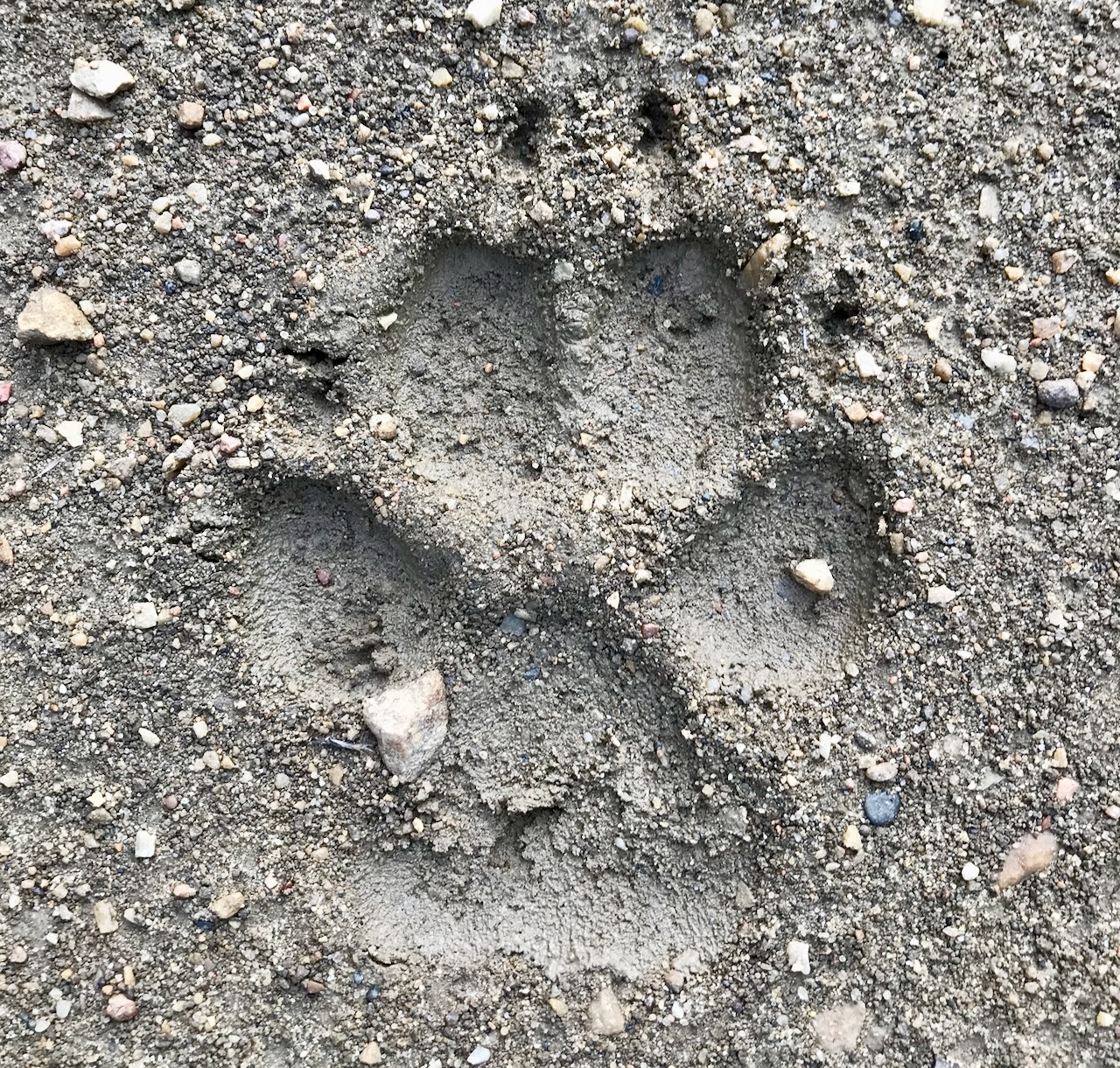SCAT TRACK FEVER
Fresh sign can sure get your heart pumping, especially when you know exactly what you’re looking at. Get an edge by properly reading predator and prey tracks and scat
Advertisement

FELINE TRACKS
The cat species most relevant to hunters are the cougar, lynx and bobcat, and having the ability to identify and interpret their tracks can certainly be an asset. The biggest challenge is discerning the difference between cougar and wolf tracks. While an experienced cat hunter can easily tell them apart, it can sometimes prove challenging to a neophyte.
Physically larger than wolves, cougars have more rounded front and rear pads. As well, cats typically keep their claws retracted while walking, so you’ll rarely see claw marks in cat tracks. The heel pads in cat tracks also appear slightly larger than those of canine tracks.
Advertisement
The front pads on an average adult cougar measure around 3½ inches in width and three inches in length; the rear pad will be roughly a half-inch narrower. Lynx tracks can sometimes be confused with cougar tracks, although the front feet on a lynx are actually much larger, measuring up to 4¼ inches long and 3¾ inches wide. Much smaller in comparison, a bobcat’s front and rear pads are typically only 1 7/8 inches long and 1¾ inches wide.
As predators, cats follow similar movement patterns to dogs and bears. Natural funnels, ridges, cutlines and waterways in areas with abundant prey such as rabbits, squirrels and deer are prime places to look for tracks. Find moist soil, sand or snow and the chances are good you’ll eventually cut a cat track.

